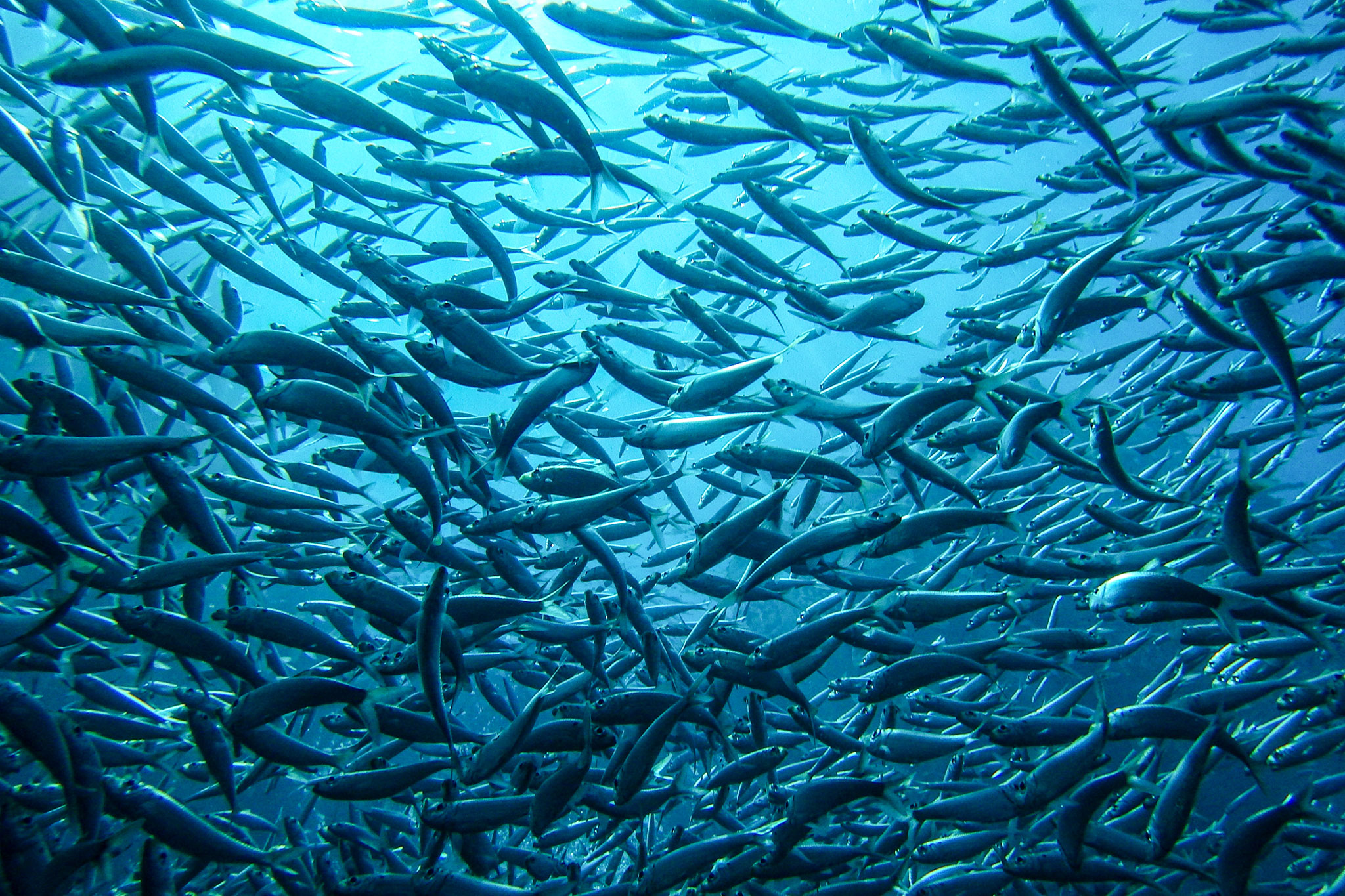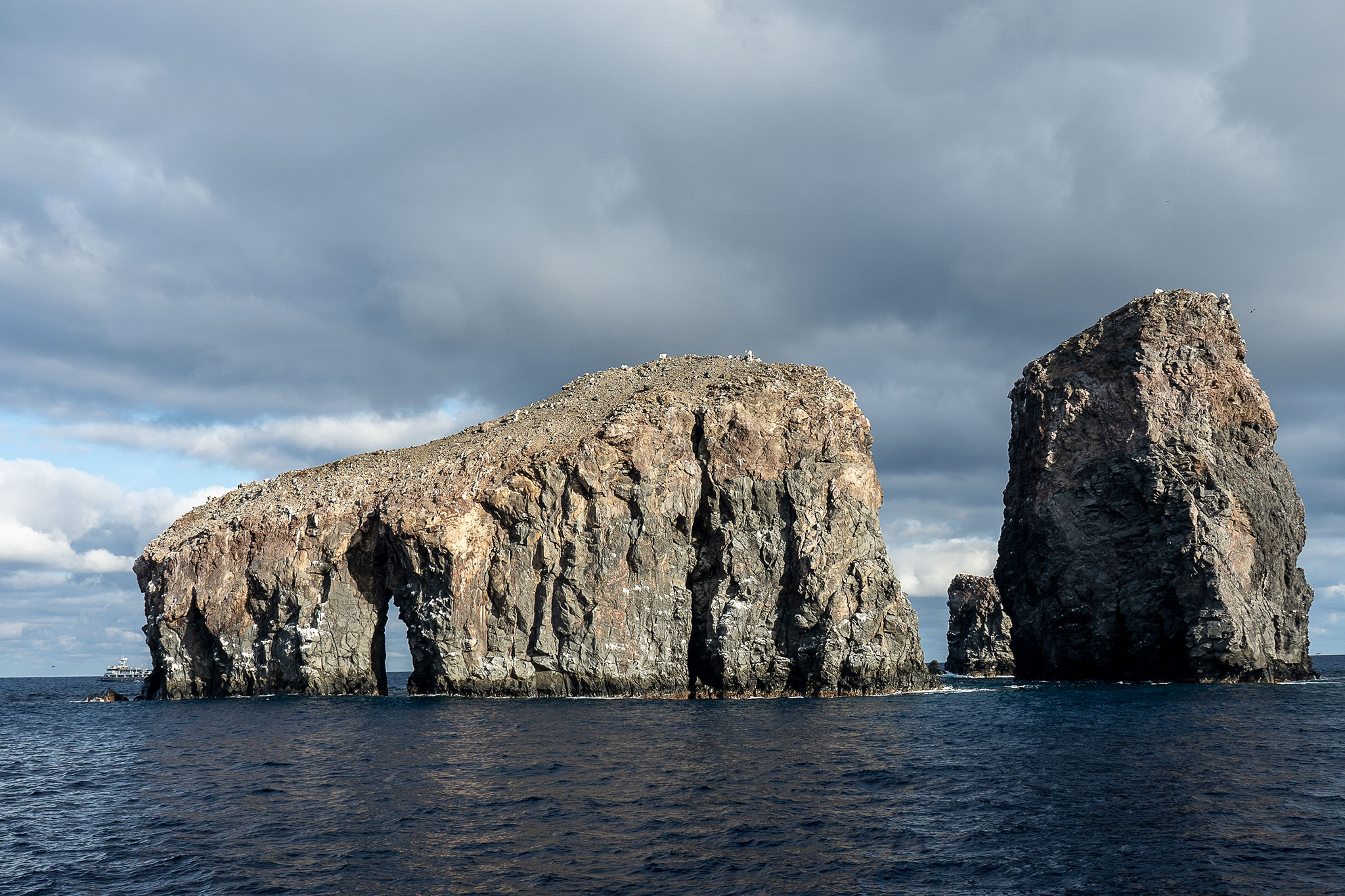Crucial Piece of Ocean Conservation
The more than 50,000 kilometers of coastline throughout Latin America give the ocean a crucial role in livelihoods and food security in the region. In fact, the ocean is so important to our communities that Latin America has created or expanded Marine Protected Areas (MPAs) within national waters, and Ecuador, Colombia, Costa Rica, and Panama recently committed to creating an interconnected, transboundary migration corridor to protect marine wildlife in the Eastern Tropical Pacific.
The timing could not be more crucial, because the ocean’s health is in decline. The cumulative impacts of a changing climate —compounded by pollution, shipping, and noise oil, gas, and mineral exploration— are now affecting every part of the ocean, including the areas beyond the national jurisdiction of any single country, also known as the high seas. To ensure that the ocean continues to provide benefits and maintain resilience, the world’s governments must take bold action to protect the high seas.
The high seas begin 200 nautical miles shore and cover nearly half of the planet’s surface. Much is still to be learned about how the ecological integrity of these areas connects to the health of coastal zones, but scientists know that the high seas teem with life and are among the largest reservoirs of ocean biodiversity. Additionally, the high seas support abundant fisheries; provide habitat and migratory routes for whales, sharks, sea turtles, and seabirds; and harbor remarkable ecosystems, such as deep-water corals and other majestic marine life.
Further, the high seas help to regulate global air temperatures and slow the impact of climate change on land by absorbing and storing excess carbon dioxide the atmosphere. In 2014, the Global Ocean Commission estimated the economic value of removing this carbon the atmosphere at US$74 billion to US$222 billion per year. At the same time, higher levels of carbon dioxide in the atmosphere have contributed to rising ocean temperatures and increased acidity— threatening ecosystems and habitats that marine species depend on and adding to problems such as coral bleaching and reduced oxygen concentrations (the process known as deoxygenation).
By contrast, the gross value of the catch in high seas fisheries is estimated at US$7 billion to US$16 billion a year. Industrial fishing fleets work in more than half of these ocean areas, and over one-third of these fish stocks are overexploited. The 2020 State of World Fisheries and Aquaculture report the United Nations Food and Agriculture Organization (FAO) highlighted the declining status of high seas fish stocks and recognized the need for more effective management measures. According to the report, the percentage of stocks fished at biologically unsustainable levels increased 10% in 1974 to 34.2% in 2017.
Marine protected areas have demonstrated benefits to fisheries. A 2018 analysis found that the average biomass of fish within fully protected, well-managed marine reserves is over 600% greater than in adjacent unprotected areas and more than three times greater than in partially protected MPAs. But there’s currently no legal mechanism for establishing comprehensive MPAs on the high seas; only 1% of the high seas is protected globally.
Scientific evidence suggests that protecting at least 30% of the ocean is needed to help secure the long-term health of our planet. And, to date, more than 110 countries have united in support of a global target to protect at least 30% of the ocean by 2030. But because the high seas constitute roughly two-thirds of the global ocean, protections are needed there to help leaders achieve the 30% goal.
In the first half of 2022, countries have an opportunity to do just that by finalizing a high seas treaty that would allow nations to establish highly protected, cross-sector MPAs on the high seas. Latin America has displayed incredible leadership on marine conservation within country borders, but the ocean is an interconnected system—and harmful activities in international waters can negatively impact domestic conservation efforts. It’s time to go further and protect the high seas.
About the author
Sebastian Nicholls works on The Pew Charitable Trusts’ protecting ocean life on the high seas project.










































































































